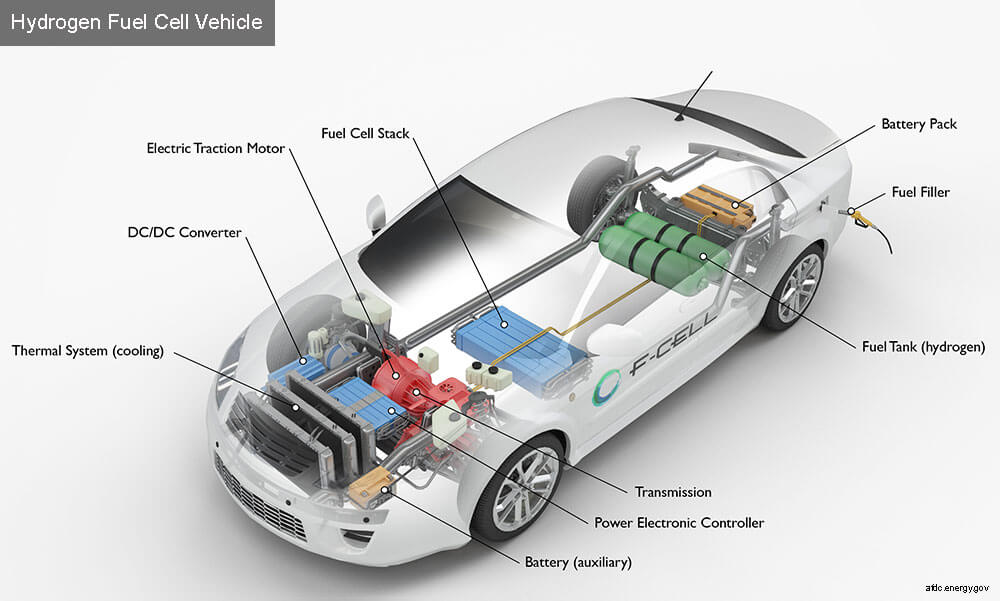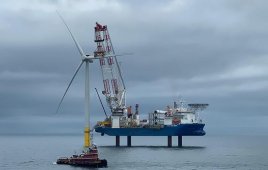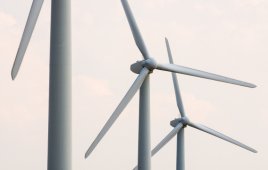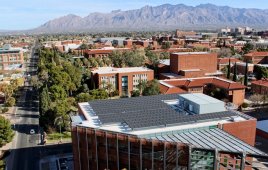Editor’s note: Although this article focuses on hydrogen fuel cells, the real source of power will be electric, and in particular, that used to electrolyze water to produce the hydrogen. The advantage of the fuel cell powered car is that it refuels faster. However, the electrolyzer and hydrogen storage equipment needed adds complexity to the electric grid and transport system that is avoided by charging an EV overnight. Which system will win? Let the market decide.
David Friedman, Assistant Secretary for Energy Efficiency and Renewable Energy (Acting)
Scientists and engineers recently celebrated National Hydrogen and Fuel Cell Day. Aptly chosen to represent the atomic weight of hydrogen (1.008), National Hydrogen and Fuel Cell Day was celebrated for the first time on October 8, 2015 and this year we’ve keeping the momentum going.
Fuel cell electric vehicles (FCEVs), which run on hydrogen rather than gasoline, have the potential to significantly reduce our nation’s oil use and lower harmful emissions that contribute to climate change. Plus, they can be more than twice as efficient as today’s gasoline vehicles. That’s why FCEVs are one piece of the Energy Department’s (DOE) energy portfolio and complement other sustainable transportation options.
After the first oil embargo back in the mid-1970s, a group of national lab researchers met with leaders from the private sector and federal government at Los Alamos National Laboratory in Albuquerque, New Mexico. They came together to brainstorm ideas, like hydrogen and fuel cells, that would ultimately revolutionize the transportation sector as we know it. Based on these ideas, General Motors temporarily relocated their fuel cell division to Los Alamos. Over time, national lab scientists helped teach industry scientists how to make optimized electrodes – the heart of the fuel cell – and eventually, these partnerships led to major advancements. Forty years later we have commercial fuel cell vehicles on the road.

Fuel cell electric vehicles (FCEVs), which run on hydrogen rather than gasoline, have the potential to significantly reduce our nation’s oil use and lower harmful emissions that contribute to climate change.
The progress we’ve made in hydrogen and fuel cells over the past year is hard to ignore:
- Just last year, Hyundai and Toyota introduced their FCEVs for commercial sale, and several auto manufacturers including Honda, GM, Daimler and BMW are working toward commercial production of FCEVs in the near term.
- In California, hydrogen is a fueling option at more than 20 retail gas stations and there are plans for several fueling stations to be opened soon in the Northeast U.S.
- The Energy Department has helped fund the deployment of more than 1,600 fuel cells in forklifts, and as emergency power for cell phone towers. The success of these installations has led to the deployment of an additional 18,000 fuel cells without DOE funding.
- A new hydrogen refueling demonstration station opened for the first-ever government FCEV fleet in Washington, D.C.
- EERE funds have enabled more than 580 patents, and more than 40 commercial technologies have entered the market.
- We’ve also been conducting the world’s largest independent FCEV validation project of its kind. We’ve independently collected data from more than 220 FCEVs that have traveled 6 million miles.
- DOE-funded research has cut the projected high-volume cost of automotive fuel cells 50% and quadrupled the life of a fuel cell since 2007.
Finally, in 2013, the Energy Department and other stakeholders launched H2USA, a public-private collaboration focused on the widespread commercialization of FCEVs. Today we’ve reached a milestone and have 50 members that include federal agencies, the fuel cell trade association, automakers, hydrogen providers, fuel cell developers, national laboratories, and additional stakeholders.
To be frank, I’ve never seen a plausible path to cutting global warming pollution to the levels we need that did not include fuel cell electric vehicles. And when hydrogen is produced from low-carbon sources, emissions could be reduced by more than 90%.
I believe that is one of the key reasons almost every major automaker is actively pursuing hydrogen fuel cell electric vehicles. And that’s why, after working in the field of hydrogen and fuel cells for a quarter of a century.
Filed Under: Policy




